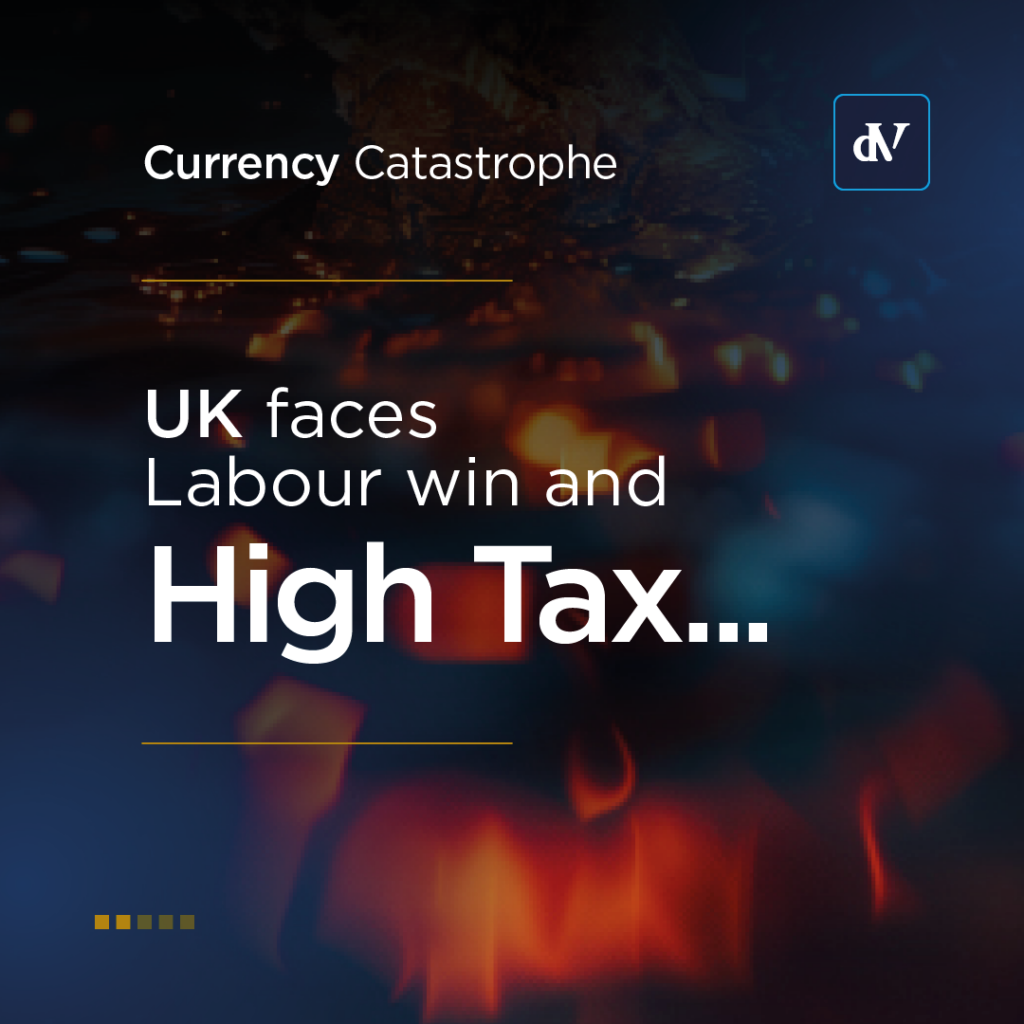|
Getting your Trinity Audio player ready...
|
Fast forward to today, and Emily has dutifully saved £6,000, right on target. Excited, she decides it’s finally time to book her dream vacation. As she starts looking into current prices, however, she’s hit with an unpleasant reality. The cost of flights has surged to 20% more than what they were five years ago.
The quaint little bed-and-breakfast in Florence she had her eye on? Its rates have increased by 25%. Even the museum passes and day-tour prices have inflated, and the dining costs have not been kind either.
Here’s another way to think about it: Interest rates are like the speed settings on an escalator that carries money. Increase the speed, and money becomes more expensive to borrow but generates more when saved. Lower the speed, and borrowing becomes less costly, but the returns on savings decline.
The central bank in the UK, the Bank of England, controls this “speed setting” to encourage either consumer spending or saving, based on current economic conditions.
For those visual learners, an inflation and interest rate chart can offer a graphical view of this relationship. This chart would typically show how these two factors move in relation to each other, helping you understand their cyclical dance.
When interest rates go up, the returns on new bonds and fixed-income investments generally increase, which sounds like great news for your pension fund. But here’s the catch: higher interest rates can also decrease the value of existing fixed-income investments in the portfolio. On the flip side, rising inflation can erode the real value of your pension over time, turning your golden years potentially less… golden.
Once more, for the creative thinker – Imagine your pension fund as a garden. Some plants (investments) thrive in the sun (higher interest rates), while others need shade (lower rates). Similarly, some plants may be hardy and resistant to pests (inflation), while others are more sensitive. A balanced, well-tended garden – just like a diversified pension fund – can help you weather different financial seasons.
It is important to stay secure while using the internet. It has been reported that external entities falsely represent themselves as providing financial services for deVere Investment and may use the names of current employees when attempting to carry out fraudulent activities.
Report fraud by emailing [email protected].
© 2010 – 2024 deVere Group. All rights reserved.



